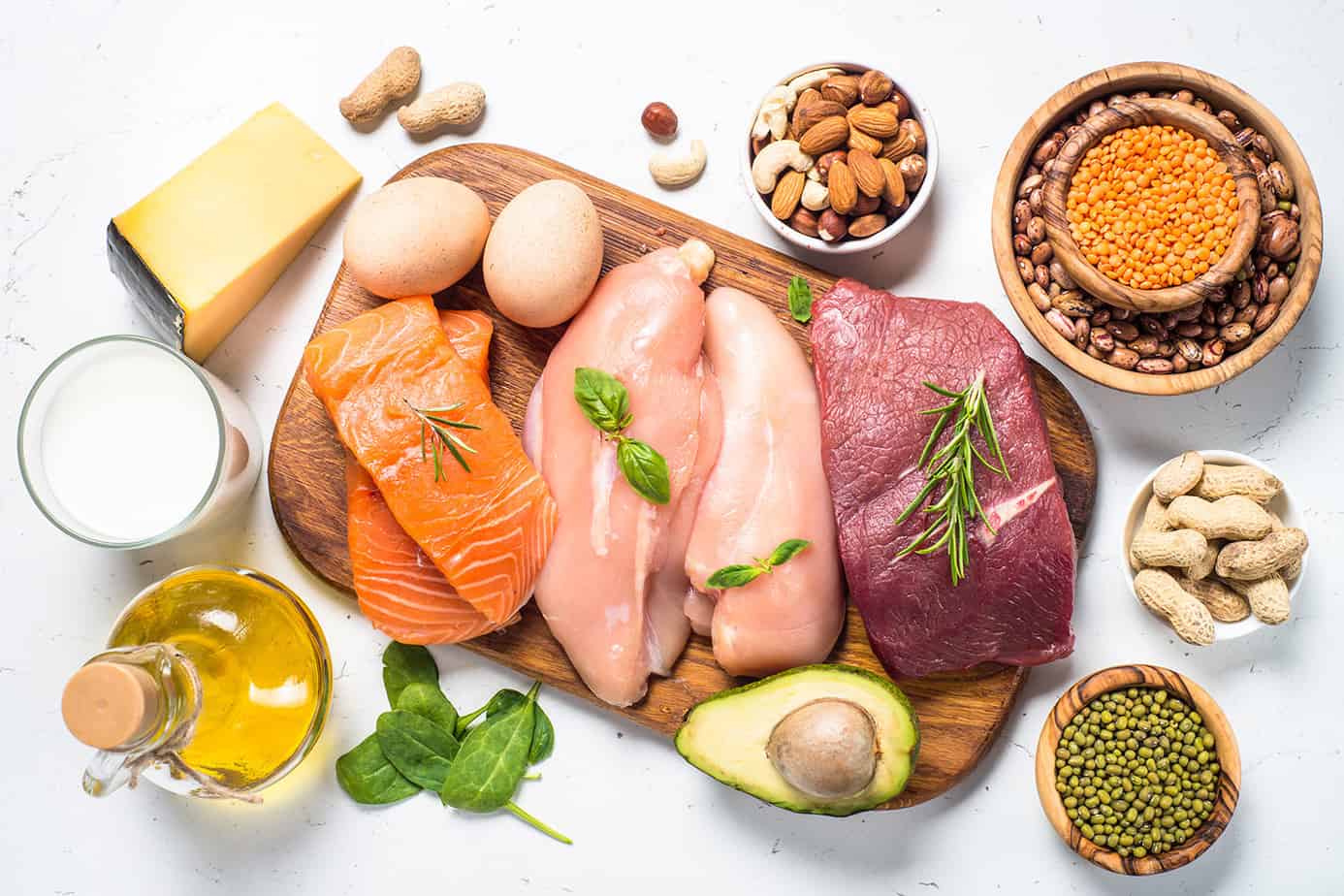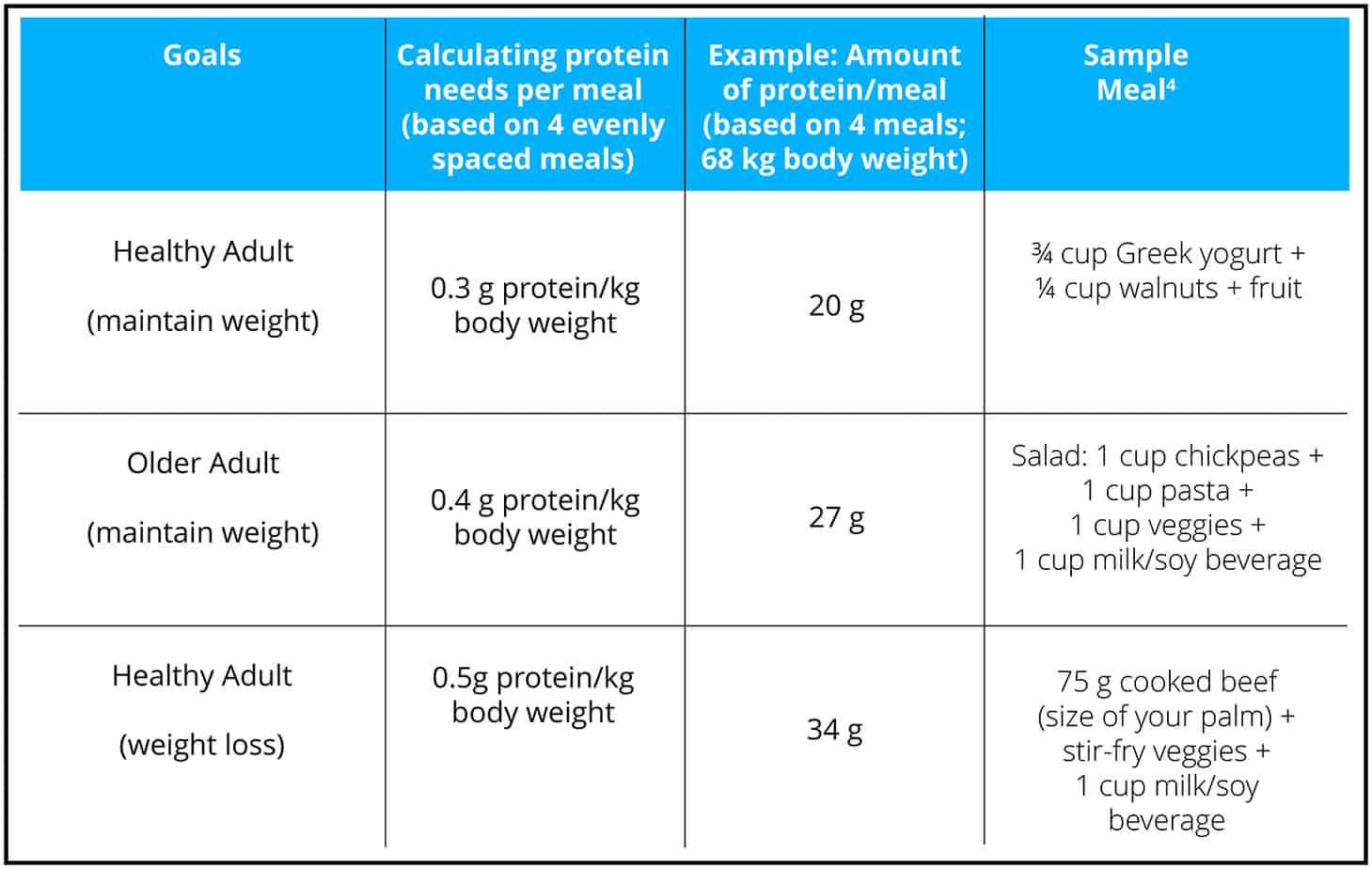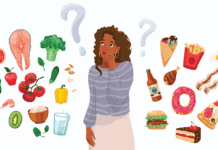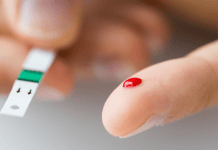Protein is the hot nutrient of the day; but just how much do you need, and can you easily achieve that through food alone? Health professionals agree a food-first approach to protein is both possible and preferable. Here’s how you can pull that off. And the clincher? It tastes a whole lot better too!

Think protein needs per meal, not per day
While traditional advice focused on meeting daily protein needs, emerging science suggests our bodies make the best use of protein for muscle synthesis when we eat it throughout the day (four meals). These sample meals show how easy this is to achieve with food:

Not all “protein foods” are created equal
In a recent study, three-quarters of shoppers incorrectly categorized peanut butter as “medium” or “high in protein”. In fact, to get the same amount of protein in one 75 gram serving of meat (size of a deck of cards), you would have to eat seven tablespoons of peanut butter (600+ calories).
Here’s a helpful guide from unlock.ca for categorizing protein foods:
Most protein: meat, fish, poultry, eggs, tofu
Some protein: legumes, nuts/nut butter, seeds/seed butter, milk, cheese, cottage cheese, soy beverages, yogurt
Little protein: whole grain breads, pasta, quinoa
For overall health, no single protein source really trumps another, but if you are concerned with calories, choose sources that have the most protein per serving. They all come with a unique package of beneficial nutrients; ideally, you want to be including as much variety as possible.
Take a food-first approach
Most consumers (80%) are looking to get their protein from food and drinks that are naturally high in protein. Food not only tastes better than supplements, it is less costly, less processed and perhaps most importantly, research shows whole foods are greater than the sum of their parts.
Consider this: for muscle synthesis, research shows it’s better to eat the whole egg versus the egg white alone. This synergy also happens when we eat foods together. Not only do you get an excellent source of protein and iron from beef, but eating meat increases the iron absorbed from plant food sources of iron by a whopping 180%. Adding some meat to your lentil/veggie salad, for example, will increase the iron you absorb from the lentils significantly.
Keep things simple – build a “healthy plate”
The back-to-basics advice may seem overly simplistic, but we don’t just eat protein. And when you consider that about 50% of calories in the Canadian diet come from ultra-processed foods (baked goods, salty snacks, fast food, pop), for many of us the healthy plate is a good place to start. Aim for a healthy plate at each meal of the day with:
- ½ vegetables and or fruit
- ¼ quality protein (beef, fish, legumes, nuts/seeds, cheese)
- ¼ grains (barley, quinoa, brown rice)
For more nutrition advice you can trust, visit unlockfood.ca
Carol Harrison is a registered dietitian, follow Carol on Twitter and IG: @greatmealideas







